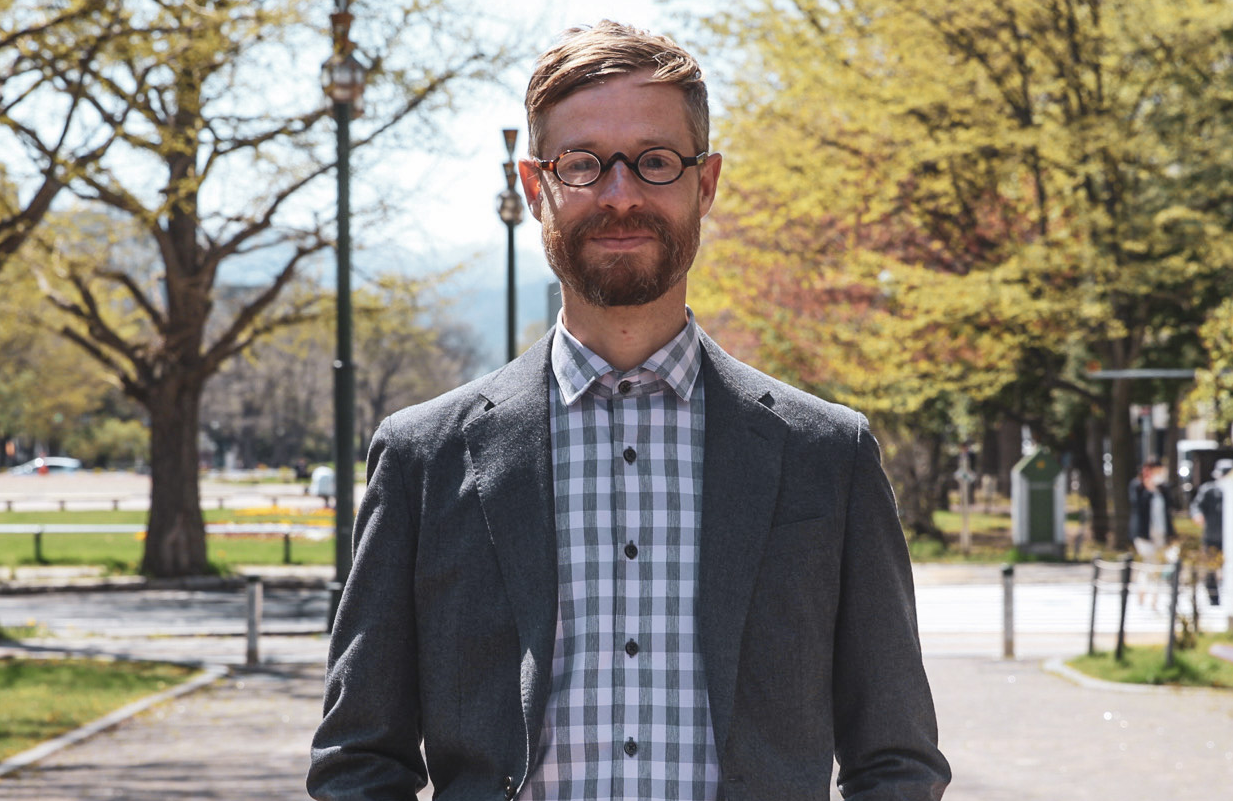Social media is a digital swiss army knife. It comes with several tools serving many functions: self-expression, information dissemination, promotional platform, and more. People can also carry it in their pockets when installed on their smartphones. However, just like an army knife, it can also be harmful when not used properly, especially to the user's mental well-being.
Source: shutterstock/RoBird
Assistant Professor Mark Miller of Hokkaido University's Center for Human Nature, Artificial Intelligence, and Neuroscience (CHAIN) is actively researching human's mental well-being by using a new neuroscientific framework known as the Predictive Processing Framework.
"Our brain, so the story goes, might be understood as always making predictions about what is likely to happen next," said Miller, "and the external signals that we receive from the world are used to update our predictions".
Miller further explained that an error occurs whenever a prediction does not match nor correspond with the happenings in the real world. There are two outcomes upon encountering the error: either our model of the world will be updated so as to better fit the world; or we behave in ways that make the world to make it better fit the prediction.
To better understand this concept, in the context of social media, Miller brought up the example of music videos depicting musicians being surrounded by luxury and branded goods. An error occurs when the viewer's expectations to meet such lifestyle are not realized; the error is even more exaggerated when that person is lacking the support to make it come true.
"If you do not have a good predictive grip of your environment, if your model of the world cannot adapt well enough, the easiest way to deal with this error is to go back to your fantasy, in this case back to social media (a behavioral change). This is the basic mechanism behind any kind of addiction," explained Miller.
However, as a social media user himself, Miller mentioned that not everything on social media and its kind is harmful. The digital era offers the kinds of high-speed information exchanges that are almost too good to be true. It had been unprecedented until the birth of the internet and the entailing developments in technology. "Unfortunately, however, our brain is a very complex matter in that despite its sophistication the brain is not learning quick enough in this highly volatile world."
He referred to internet platforms as 'spectacular ways in bending our models of the world in potentially harmful manners'. The SnapChat surgery phenomenon - the trend of making real-life bodies meet highly filtered online images through cosmetic surgery - helps to illustrate one way that we may deal with these bent models. That is, we change our bodies to make our offline, unfiltered appearance better fit with our bent online expectations.
The combination of highly fabricated online content and the addictive design components can twist the person's model in ways that can lead to anxiety and depression due to the large number of persistent errors it creates.
Considering that it is almost impossible to live without the influence of the internet in the digital era, Miller suggested that further education in using the internet, critical thinking in the online-offline dynamic, and even meditation could help people to learn controlling their attention rather than having it driven by the screen.
During the COVID-19 pandemic era, people are pushed for more internet connections (e.g., internet conference calls). This phenomenon invoked Miller's interest for further research. By using the predictive processing framework, he thought that it would be interesting to see how the internet and real-life socializing differ in terms of social rewards.







